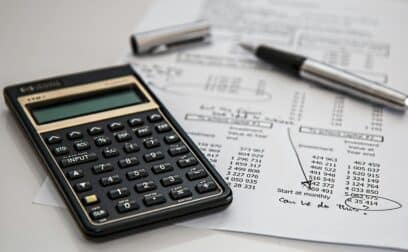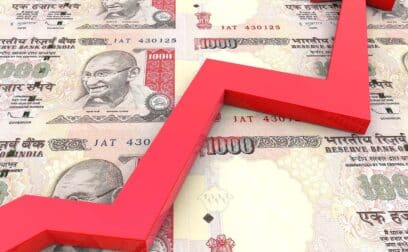Definition
Capital gains refer to the profits or returns earned from the sale or disposition of a capital asset. A capital asset can include various types of property, such as stocks, real estate, bonds, precious metals, and other investments.
What is capital gains?
When you sell a capital asset for a price higher than its original purchase price, the difference between the selling price and the purchase price is considered a capital gain. Capital gains can be either short-term or long-term, depending on the holding period of the asset:
- Short-term capital gains: If you hold the asset for one year or less before selling it, any profit from the sale is classified as a short-term capital gain. Short-term capital gains are typically taxed at a higher rate than long-term gains.
- Long-term capital gains: If you hold the asset for more than one year before selling it, the resulting profit is considered a long-term capital gain. Long-term capital gains often receive preferential tax treatment, with lower tax rates compared to short-term gains.
Capital gains are an important aspect of investment income and are subject to taxation in many countries. The tax implications of capital gains vary based on factors such as the type of asset, the duration of ownership, and the tax regulations of the specific jurisdiction.
Example of capital gains
John, an individual investor, purchases 100 shares of XYZ Company’s stock at £50 per share. His total investment is £5,000.
- Stock appreciation:
- Over time, the value of XYZ Company’s stock increases due to strong financial performance and market demand. The current market price per share rises to £70.
- Decision to sell:
- Recognising the opportunity to profit, John decides to sell his 100 shares of XYZ Company’s stock at the current market price of £70 per share.
- Calculation of capital gains:
- John’s initial investment was £5,000 (100 shares x £50 per share). The proceeds from the sale amount to £7,000 (100 shares x £70 per share). His capital gain is calculated as follows:
Capital gain = Selling price – Purchase priceCapital gain = 7,000 – 5,000 = 2,000
- John’s initial investment was £5,000 (100 shares x £50 per share). The proceeds from the sale amount to £7,000 (100 shares x £70 per share). His capital gain is calculated as follows:
After accounting for any applicable taxes, John’s net capital gain is the profit he retains from the sales of the stock.
































 yet? Register here!
yet? Register here!